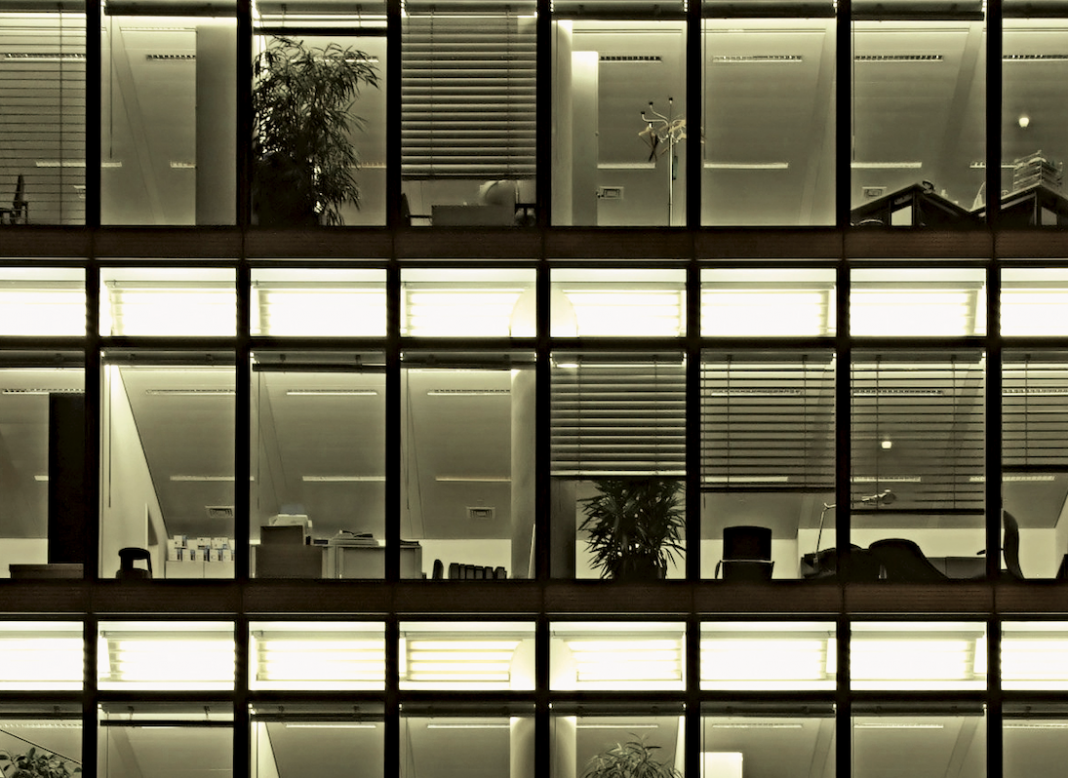Access instead of ownership already defines how we think about everything from formal wear to your third grader’s violin, so why can’t we extend that thinking to our workplace furniture?
Let’s explore FaaS (Furniture as a Service): its history and context, its impact on the circular economy, and how to incorporate it into your corporate real estate strategy. But first, a few statistics and insights about office furniture—and why it’s time to re-examine our current practices.
- Americans generate 12 million tons of furniture waste annually, (EPA, 2024).
- Fast Furniture (think that $199 desk chair from your local office supply store) is a major contributor to products destined for the landfill.
- There is no published data on the average annual corporate spend for storing used office furniture, but all the FM’s reading this, know that it is not an insignificant number.
- Decommissioning offices spaces (removal of a company’s assets, especially office furniture) is now big business.
- The new furniture industry in the US was valued at almost $20 billion in 2023, expecting to grow 5% annually. (Statista, 2025).
- Office furniture warranties for commercial grade products are lifetime for some items and 12 years for most others, but we all know of product from the 1990’s still in use.
The dollar value of used office furniture is always less than hoped for and the removal/disposal costs are always higher than expected.
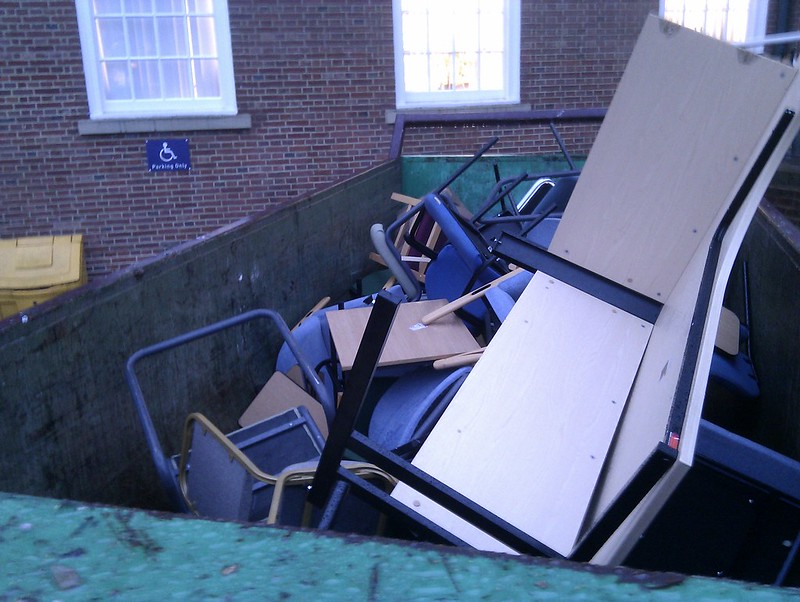
History & Context
Residential rental furniture has been around for decades, with the lease-to-own model gaining popularity in post WWII America. By 1978, the US furniture rental market had grown to $200 million (Nagle, 1978), and in 2024, the global commercial furniture rental market was valued at $21 billion, (Market.US, 2024).
Characteristics of FaaS, the access instead of ownership model, include:
- A subscription approach with rates dependent on product quality/quantity and term,
- Ability to customize the products and finishes,
- On demand, for providing and removing furniture products, as required by client needs.
Most organizations are already familiar with SaaS (software as a service), while some are experimenting with Space as a Service (SpaaS) and others with various “as a service models.” So why are we not seeing a widespread adoption of FaaS in our corporate interiors?
Key Questions for FaaS Planning & Total Cost of Ownership Calculations
Developing a strategy for FaaS to support your CRE strategy can start with these questions:
- What level of flexibility is required for the furniture?
- What is the time frame for the furniture requirement?
- Do the furniture-needs require a national infrastructure?
- Will furniture purchases be CapEx (capital expenditures) or OpEx (operating expenses)?
- What are the sustainability goals?
Understanding these parameters, will assist in examining the Total Cost of Ownership (TCO), including total furniture costs vs monthly rent, delivery and installation, facilities and asset admin costs, reconfiguration, storage and disposal costs.
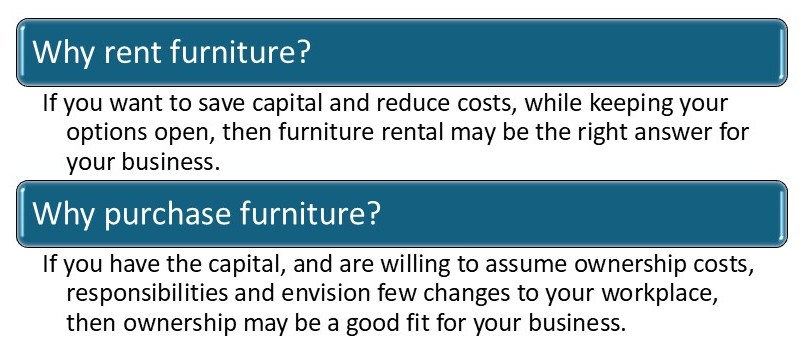
To further explore if FaaS is a potential for your organization or your project, here are some real world opportunities to consider access to furniture rather than purchasing furniture:
- Swing Spaces
- Pilots, short term initiatives, temporary projects, interns or seasonal staff
- Projects where start-up time is of the essence
- Short term leases or sublets (24 months or less)
- Spec suites or flex spaces
- Temporary furniture when supply chain delays make purchased furniture unavailable
- Corporate Exhibitions
- Special Events
- Hospitality Spaces
We’re not working in the furniture bucket, we’re working in the strategy bucket.
– Jones, 2021
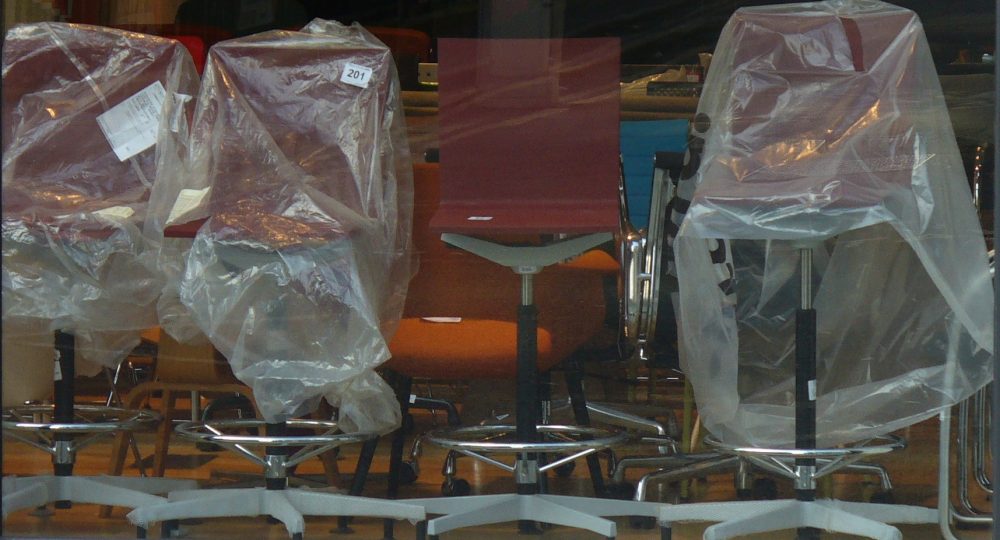
How to Integrate FaaS into the CRE playbook
Consider these five factors when building a case to integrate FaaS into your corporate real estate playbook.
Costs
Reduce upfront costs with no large initial investment, while preserving capital for core business operations. Manage cash flow by spreading costs over time through monthly or annual payments. Rental/lease fees are often classified as operational expenses which can provide tax benefits by reducing taxable income and eliminating depreciation concerns. (Check with your accountant on these details).
Flexibility and Scalability
Leased furniture easily scales up and down with SF and headcount demands without the costs, complexity and long term commitment of furniture ownership. Turn key services and quicker lead times for products delivery/installation are baked into the process. Mid-lease term updates and modifications don’t require capital furniture expenses or searching through furniture storage for appropriate product.
FM Overhead
Maintenance and replacement services are included, eliminating the need to dedicate FM staff. Furniture asset/inventory management and tracking, including maintenance and disposal, are managed by the leasing company.
Design
Standardize office aesthetics across all locations, while easily refreshing office design without major capital investments. Commercial grade lease product offerings provide multiple style and price point options.
Procurement
The procurement process is more transparent by assessing all available options, not just the conventional spec/bid/purchase strategy. Projects can still be bid, with the winning vendor streamlining the implementation.
“As a service” models change the procurement incentives from saving on what you buy, to buying less.
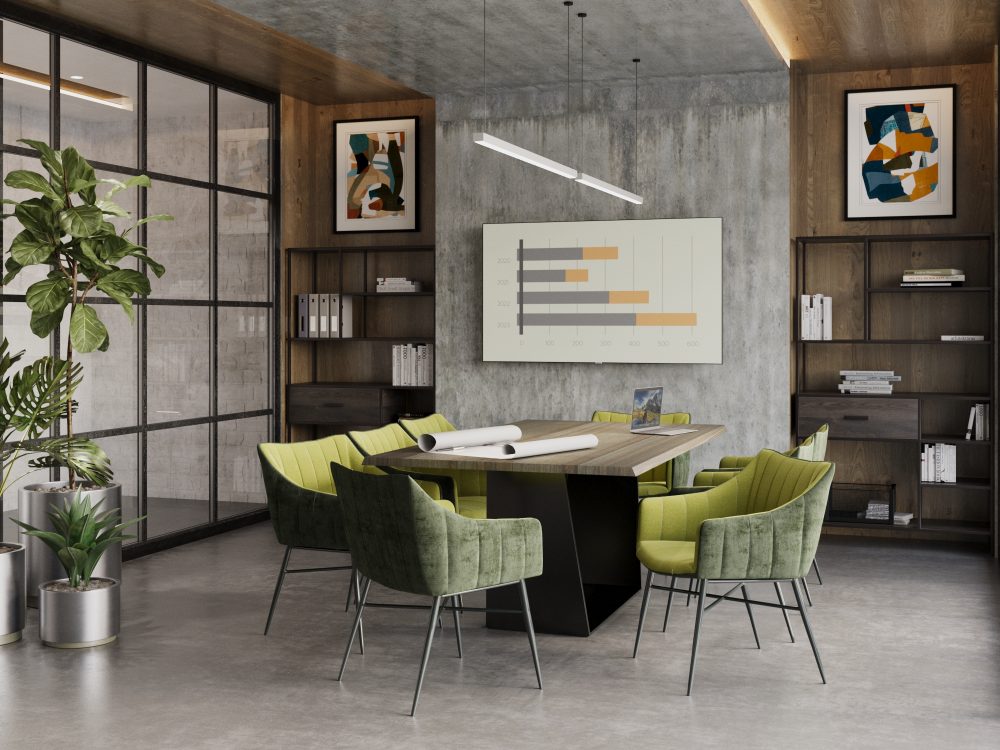
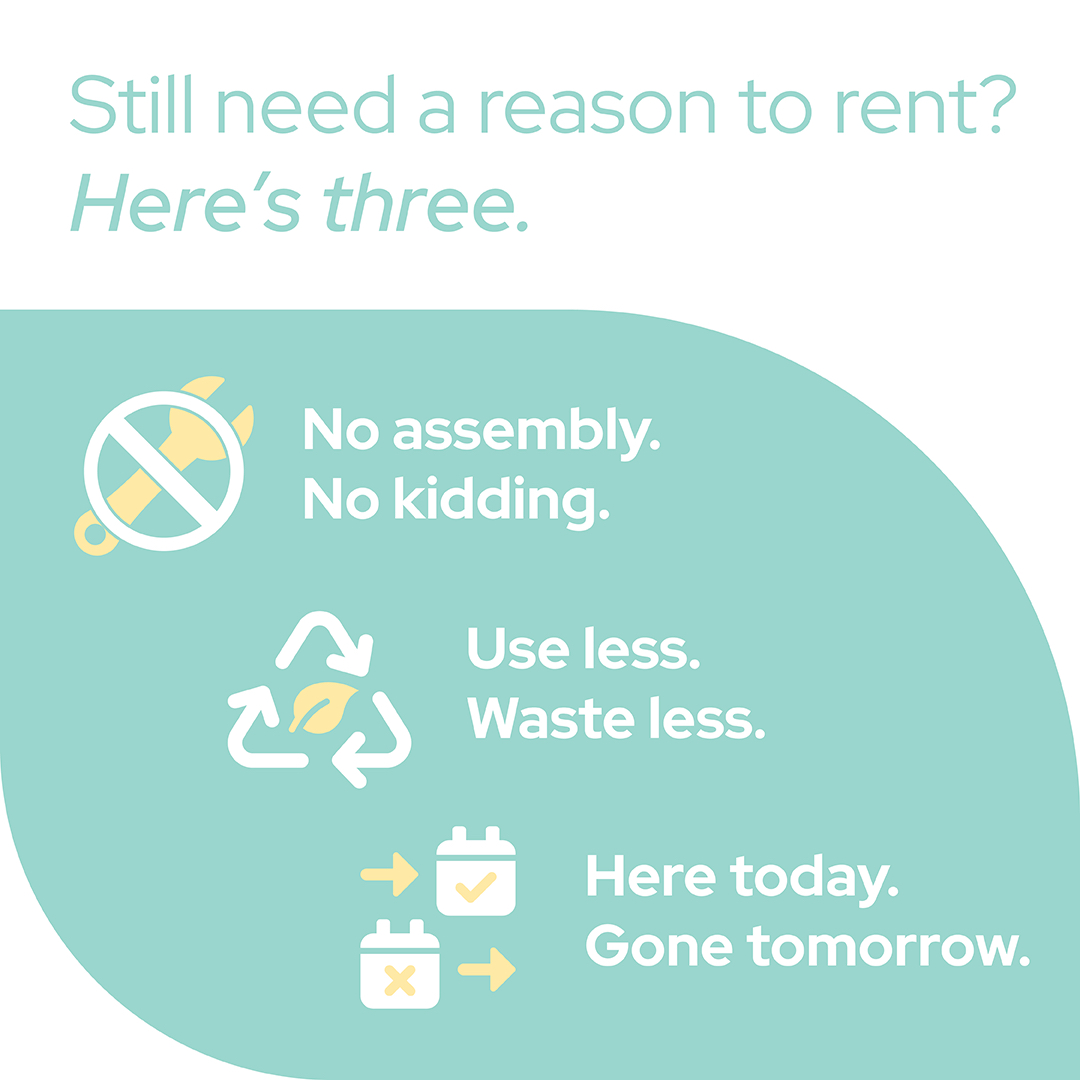
FaaS and the Circular Economy
FaaS plays a role in circularity by reducing waste, conserving resources and extending the lifecycle of furniture. In the circular economy materials never become waste and products are kept in circulation.
Keeping furniture in use longer reduces the need for new products and the associate waste.
Using furniture that has been refurbished and re-installed into an office, minimizes landfill waste and conserves raw materials like wood, metal and fabric.
Reducing demand for new furniture minimizes the energy required for manufacturing, leading to lower carbon emissions and a reduced carbon footprint.
Preserving the embodied carbon – “associated with the extraction, manufacturing, transportation, assembly, installation, maintenance, replacement, deconstruction and disposal,” (Lecointre, 2024) of furniture products reduces greenhouse gas emissions.
Raising consumer awareness about sustainable consumption practices, encouraging businesses to adopt more environmentally conscious approaches to furnishing workplaces.
Less production and less consumption translate into less furniture liquidation required at end of the product life or more commonly at end of the office lease.
The most sustainable furniture products are the ones that already exist
Meet Two FaaS Vendors
The concept of Furniture-as-a-Service (FaaS) emerged in response to a clear workplace reality: traditional office furniture ownership often locks companies into expensive, inflexible decisions that don’t match the pace or unpredictability of business today. Several vendors describe themselves as offering “furniture rental” or even FaaS, but not all approaches are built the same.
CORT pioneered the FaaS approach in the U.S. office furniture market—well before it became a trending term. Where others offer modular furniture on a subscription basis, CORT brings a deeper, systems-based solution that blends scale, logistical infrastructure, and operational flexibility.
One of the more distinctive aspects of their offering is the Permanently Flexible program, a philosophy developed in response to clients who needed a balance of permanence and adaptability in their workspace. In practice, that means supporting environments where some furniture is purchased for long-term use, while other pieces are rented to accommodate evolving needs—such as onboarding waves, new collaboration zones, or test-fit layouts in leased space.
Rather than promoting a one-size-fits-all rental strategy, this model allows organizations to build more responsive workplaces. A growing law firm might choose to own core workstations while renting additional meeting furniture to support a temporary case team. A professional services firm exploring hybrid scheduling might experiment with different seating configurations before finalizing a layout. In both cases, the ability to blend ownership and access supports faster, lower-risk decision-making.
This flexible approach is supported by a circular business model built around CORT’s “5R” process: Rent, Return, Repeat, Refurbish, and Repurpose. Each step is designed to extend the life of furniture well beyond a single use. CORT maintains full control over this lifecycle—from initial rental through professional inspection, cleaning, and, when needed, in-house refurbishment. Pieces that are no longer suited for rental are sold through CORT Furniture Outlet locations, giving them a second life and significantly reducing landfill waste. In fact, more than 95% of CORT’s furniture stays out of landfills each year. This model not only reduces environmental impact but also provides organizations with a practical, measurable way to align their workplace strategy with broader ESG goals.
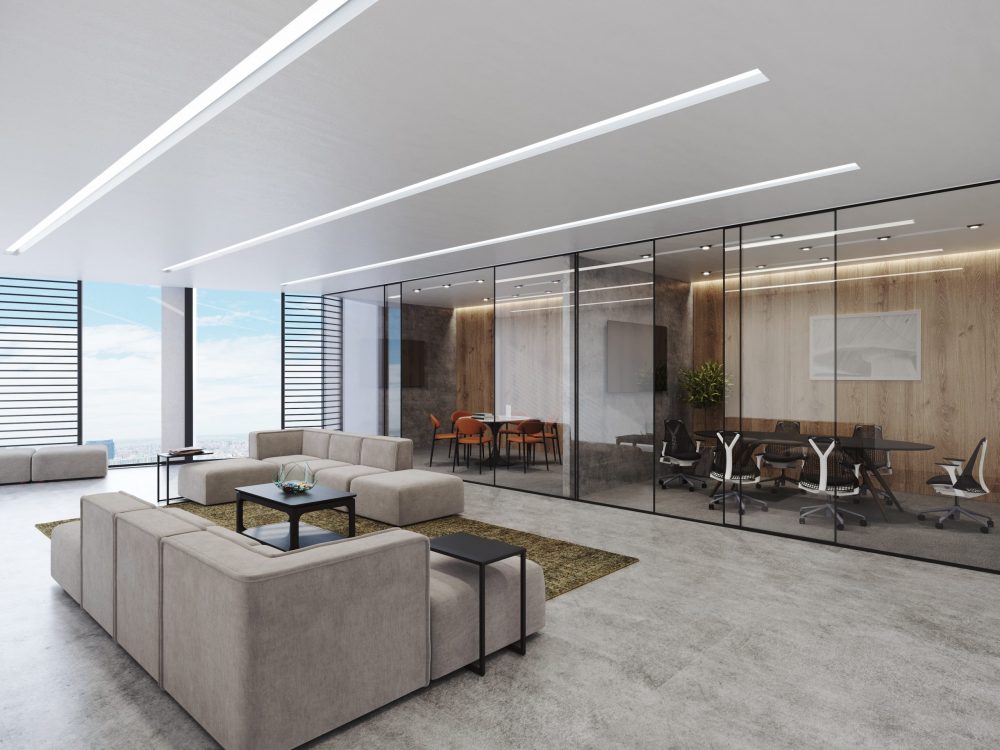
While CORT dominates the US office FaaS market other players include Branch Business, AFR® Furniture Rental, and Inhabitr.
In Europe, the Dutch office furniture company, Royal Ahrend, “recognized future supply chain risks as well as the opportunities in shifting from the linear production and sales model…to putting circular economy principles at the heart of their business,” (Ellen MacArthur Foundation, 2021).
By retaining ownership of the furniture, Ahrend ensures products are reused, refurbished or recycled in their own Circular Hub, contributing to the circular economy. The model reduces waste and lowers carbon footprints, aligning with sustainable goals of our clients. This approach not only supports client organizations in optimizing their operational flexibility but also supports environmental responsibility by making sure the furniture gets its next life after the leasing term has expired.
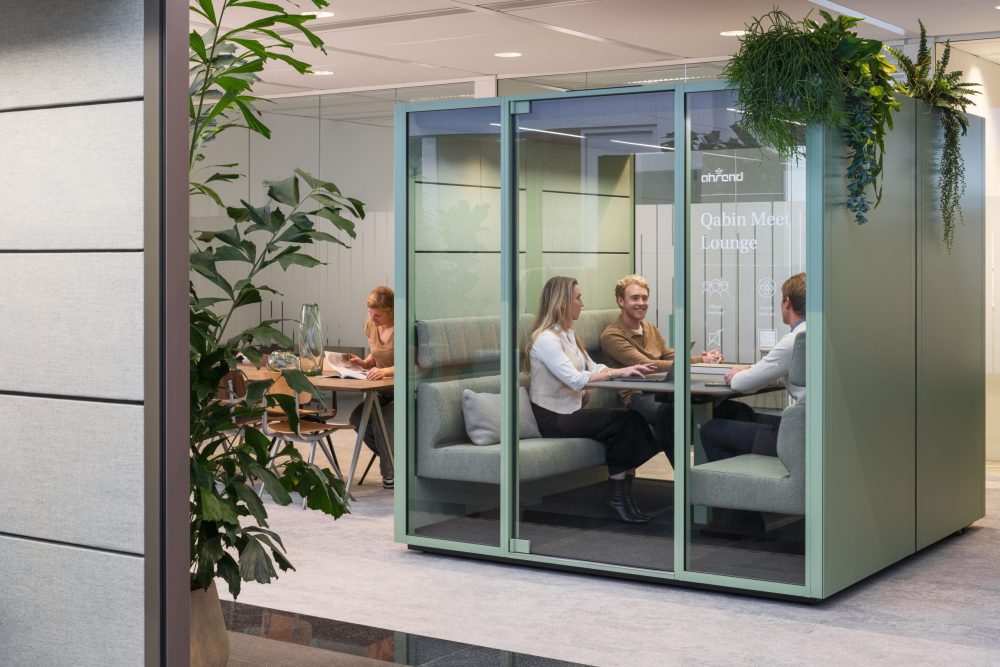
Clients use Ahrend’s FaaS-model to achieve their sustainability goals in several ways:
- Reduce their CO²-footprint: FaaS supports the circular economy by extending the lifecycle of furniture through reuse and refurbishment, helping clients lower their carbon footprint in scope 3.
- Waste and resource reduction: Clients avoid the need to dispose of furniture frequently. The model reduces the demand for new raw materials, supporting sustainable resource use and contributing to EU Circular Economy Action Plan
- Enhanced flexibility and efficiency: By leasing furniture, clients manage resources more efficiently, updating or scaling as needed, to align with the environmental and social goals in their ESG-strategies.
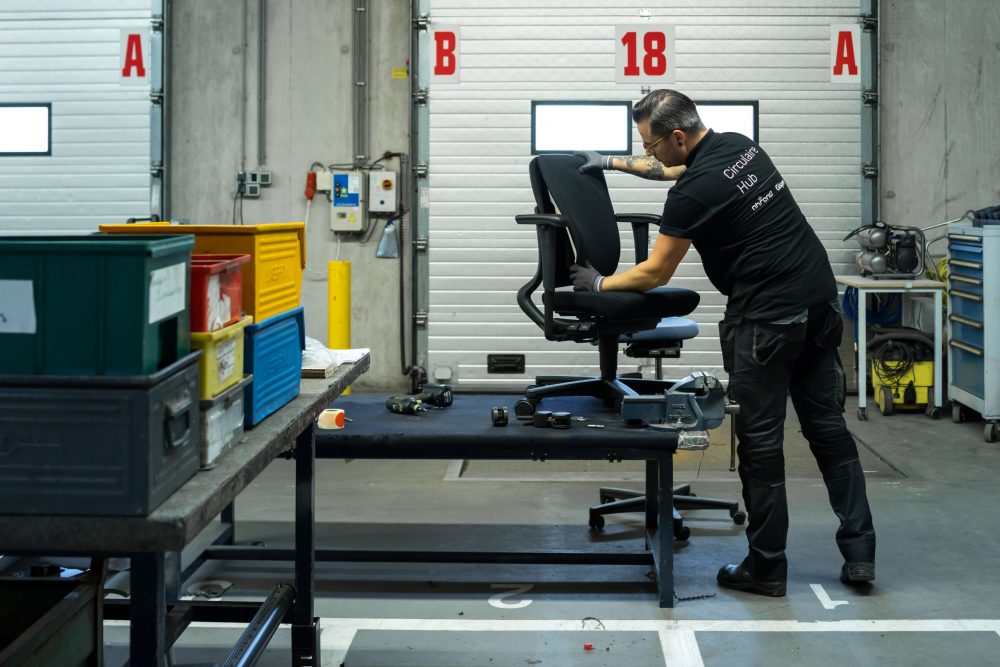
After the use period, Ahrend collects the furniture and brings it to their own Circular Hub, where the furniture is carefully inspected, refurbished, or upgraded as needed to give it a new life. After revitalisation, the items are ‘as new’, ready to bring it back to the market. Through this process, they ensure the furniture can be reused by other clients, supporting a circular economy by extending its lifecycle.
A second option allows clients to purchase the furniture at the end of the lease term. In this case, Ahrend determines the current asset value to set a fair selling price. Alternatively, clients may choose to continue leasing at a discounted rate, extending their use of the furniture with flexible terms.
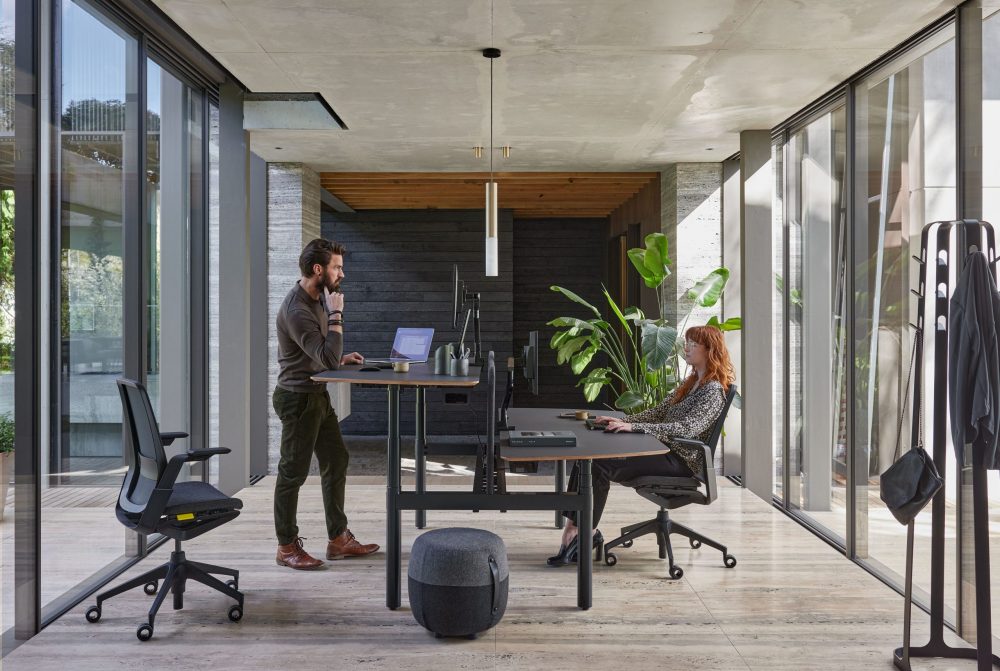
FaaS and the post Covid Workplace
While office lease terms are inching back to pre-pandemic levels, with an average of 8.9 years in prime buildings (CBRE Research, 2024), the uncertainty Covid had brought to the workplace is still evident. The outdated “set-it and forget-it” mentality of workplace, demands a re-examination of spaces more frequently than at lease renewal time. Who can foresee how offices, workstations or conference spaces will be used in 5 or even 2 years from now? Using a hybrid approach which includes a combination of leased and purchased products provides flexibility to modify certain furnishings as the workplace and workforce evolve.
Special thanks to Melanie Jones, CORT’s National Director of CRE Partnerships and Puck van de Pijl, Royal Ahrend’s Marketing & Communications Advisor for your insights and support in researching this article.
Concerned about the afterlife of existing furniture?
Consider partnering with one of these vendors who can help:
References
CBRE Research, (2024), “US sees uptick in Office Lease signings, but for less space on average,” Retrieved from: U.S. Sees Uptick in Office Lease Signings, But for Less Space on Average | CBRE
Ellen MacArthur Foundation, (2021), “Bringing office furniture full circle: Ahrend,” Retrieved from: Bringing office furniture full circle: Ahrend
EPA, (2024), “Durable Goods: Product-Specific Data” Retrieved from: Durable Goods: Product-Specific Data | US EPA
Jones, M., (2021), “What is furniture-as-a-service,” Retrieved from: What is Furniture-As-A-Service? – Brave Ideas | Podcast on Spotify
Lecointre, H., (2024), “Embodied carbon: the key actions to address it,” Retrieved from: Embodied carbon: the key actions to address it – Deepki
Nagle, J., (1978), “Furniture rentals booming in changed style of living,” Retrieved from New York Times: 110828106.pdf
Market.US, 2025, “Global Furniture Rental Market by Product,” Retrieved from: https://market.us/report/furniture-rental-market/
Statista, (2025), “Office furniture in the US: statistics and facts,” Retrieved from Office furniture in the U.S. – statistics & facts | Statista

